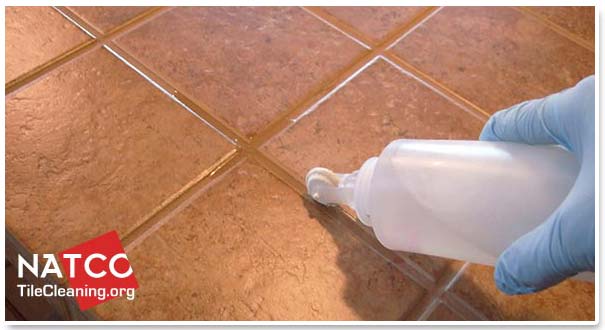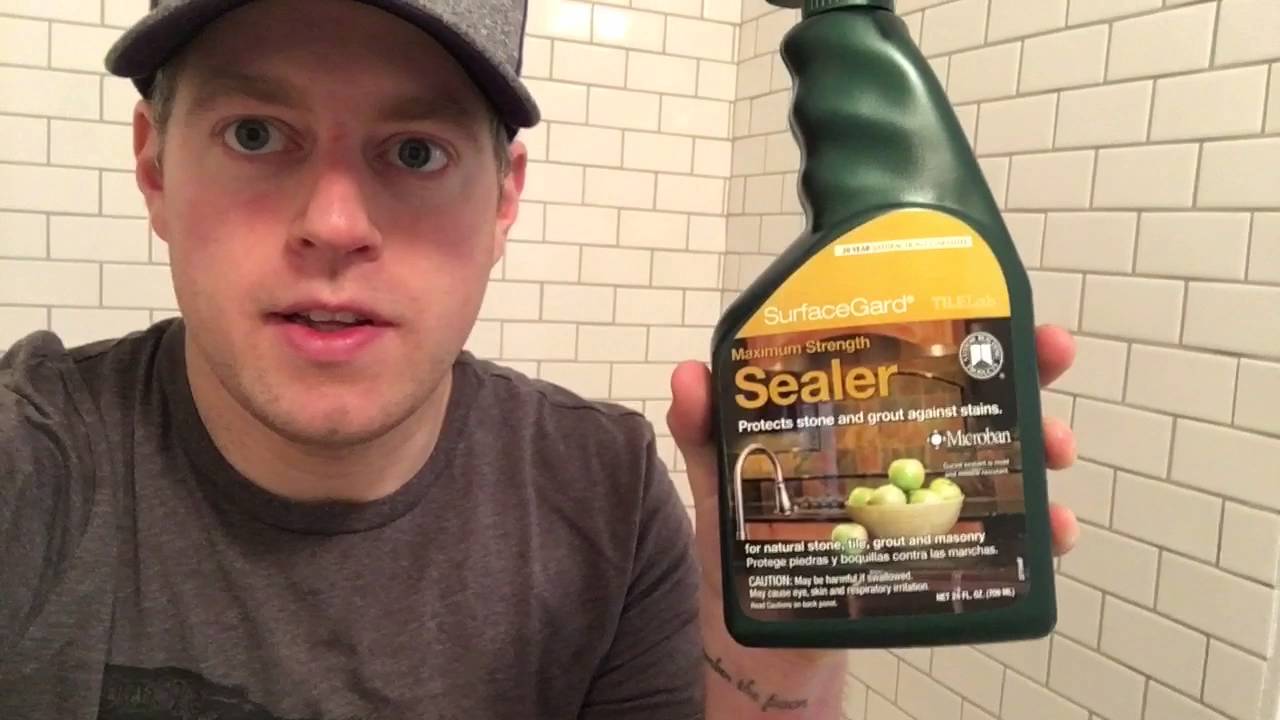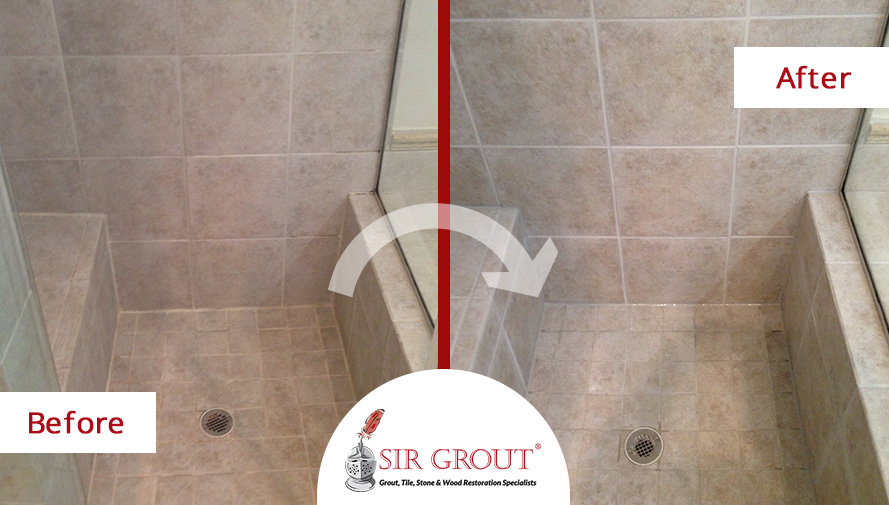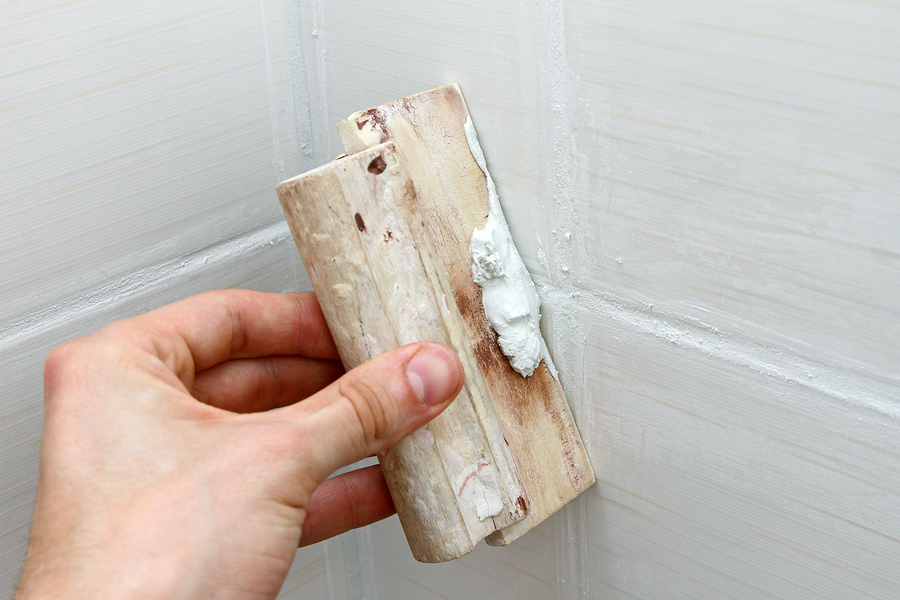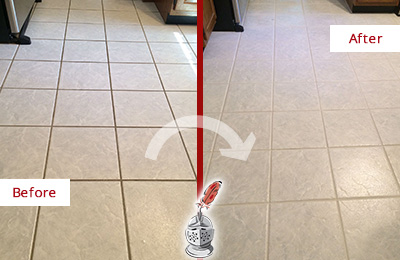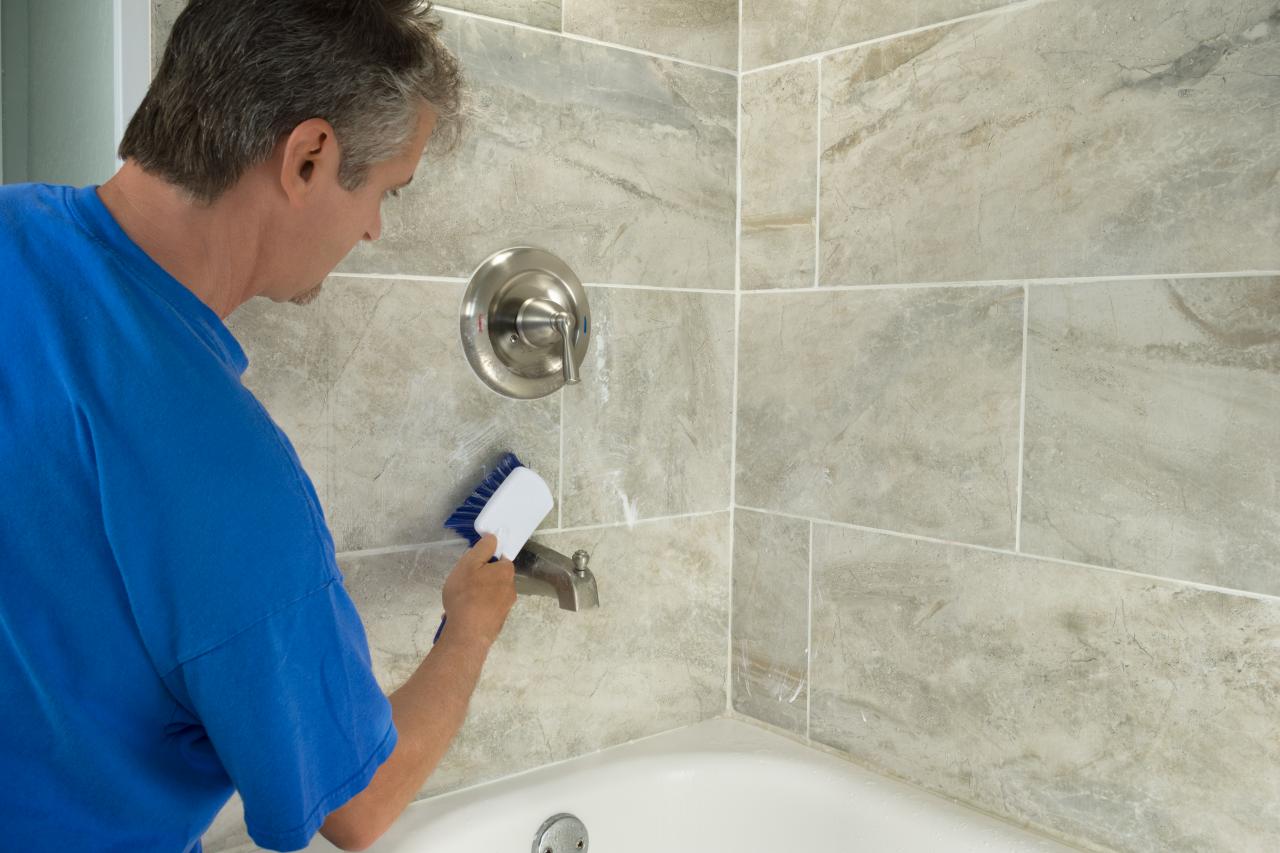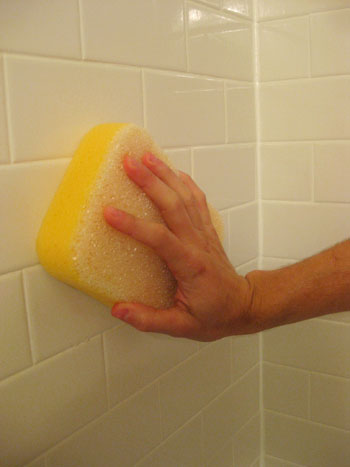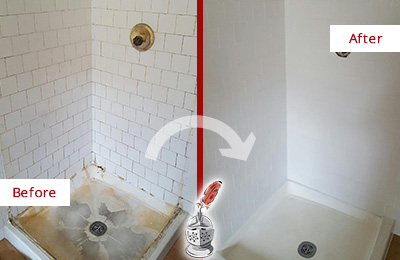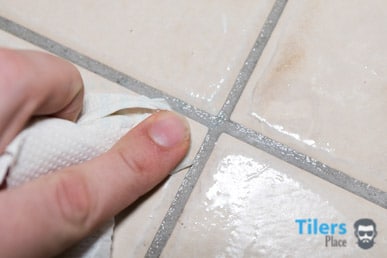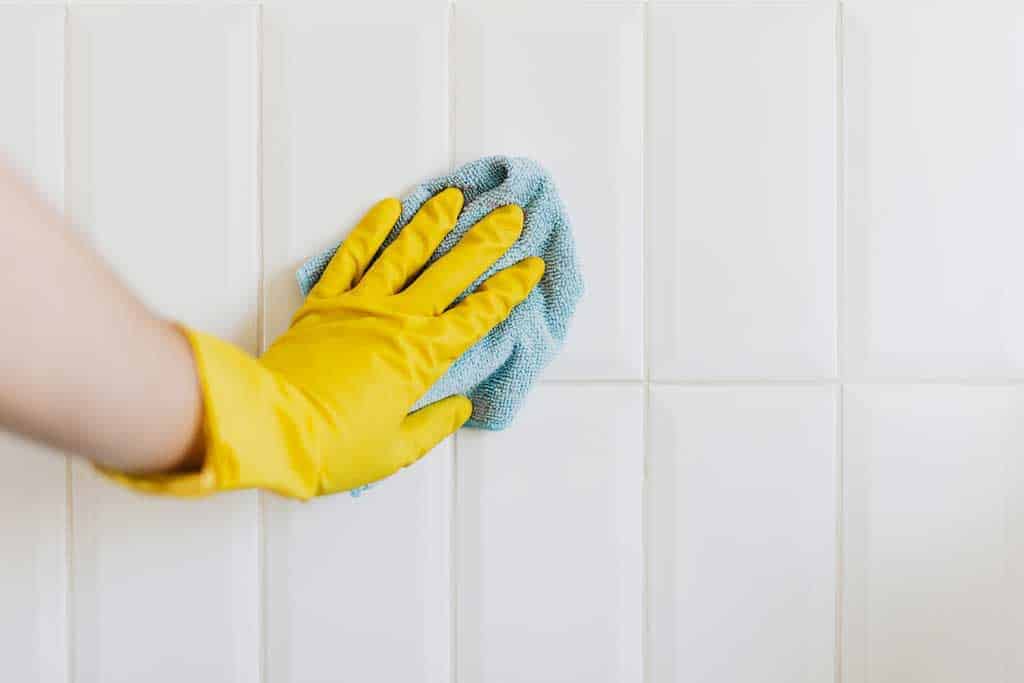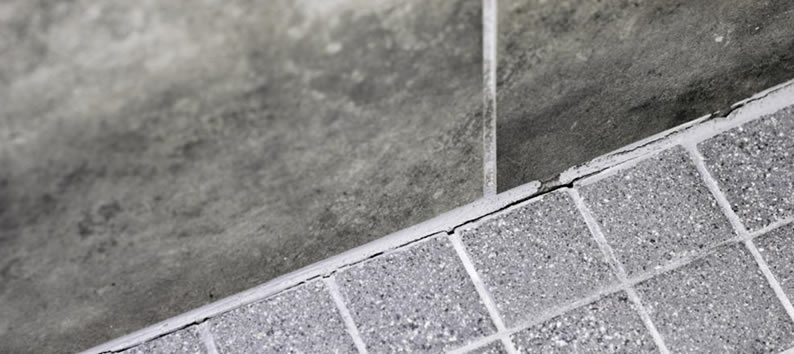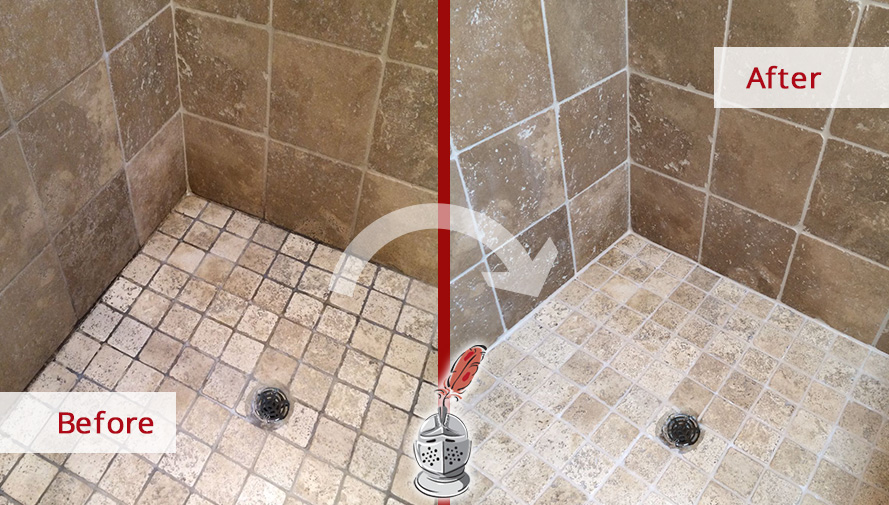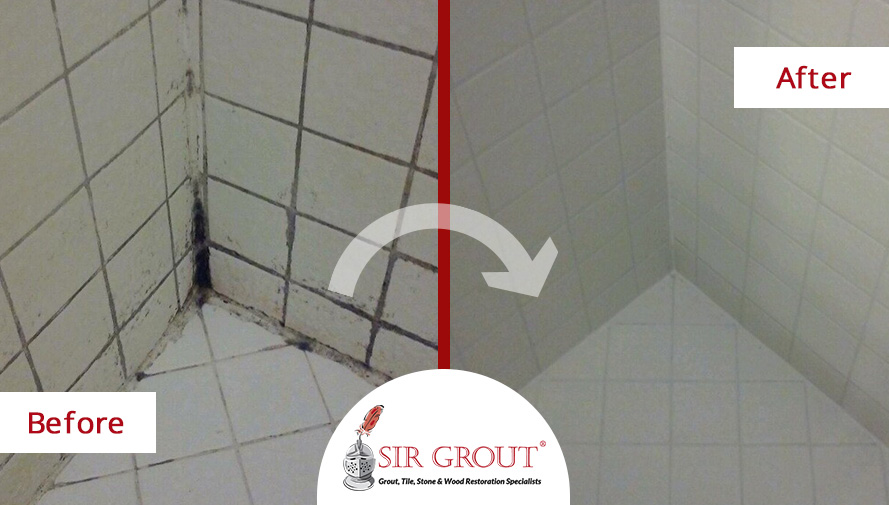Sealing Bathroom Tiles And Grout
If you want your bathroom to look its best, it’s essential to maintain its cleanliness and protect its surfaces. One of the best ways to do this is by sealing your bathroom tiles and grout. Sealing not only enhances the look of your bathroom but also protects your tiles and grout from water, stains, and mold. This article will discuss the importance of sealing bathroom tiles and grout, how to do it, and some tips and techniques for a long-lasting finish.
Why Should You Seal Your Bathroom Tiles and Grout?
Bathroom tiles and grout are exposed to water and moisture daily. Over time, this can lead to damage, discoloration, and mold growth. Sealing your bathroom tiles and grout helps prevent water from seeping in and causing damage. It also creates a protective barrier that repels stains, mold, and mildew.
When Should You Seal Your Bathroom Tiles and Grout?
The ideal time to seal your bathroom tiles and grout is immediately after installation. This ensures that your tiles and grout are protected from the start. If you have existing bathroom tiles and grout that are unsealed, it’s best to seal them as soon as possible.
How to Seal Your Bathroom Tiles and Grout
Before sealing your bathroom tiles and grout, you must prepare the area. First, clean the tiles and grout thoroughly. You can use a mild cleaner or a solution of equal parts water and vinegar. Scrub the surface with a soft-bristled brush, then rinse with water and let it dry completely.
Next, apply the sealer to the grout using a small brush or roller. Be sure to cover the grout lines completely. Allow the sealer to penetrate the grout for at least 10 minutes, then wipe off any excess sealer with a clean cloth. Repeat this process until you have covered all the grout lines.
After the grout is sealed, apply the sealer to the tiles using a clean cloth or roller. Apply the sealer in a thin, even coat and wipe off any excess. Let the sealer dry completely before using your bathroom.
Tips and Techniques for a Long-Lasting Finish
To ensure a long-lasting finish, here are some tips and techniques you can follow:
- Choose the right sealer: Different types of sealers are available, so it’s essential to choose the right one for your bathroom tiles and grout. Talk to your local hardware store or consult a professional for advice.
- Follow the manufacturer’s instructions: Read the label carefully before applying the sealer. Make sure you understand the application process and follow the manufacturer’s instructions.
- Seal your bathroom regularly: To maintain the protective barrier, reseal your bathroom tiles and grout regularly. How often you need to reseal depends on the type of sealer you use, the amount of use your bathroom gets, and the moisture level in your bathroom.
- Clean spills immediately: Even with a sealer, spills can still seep into your grout and cause damage. Clean up any spills immediately to prevent stains.
- Avoid harsh chemicals: Harsh chemicals can damage your bathroom tiles and grout and reduce the effectiveness of the sealer. Use mild cleaners instead.
Sealing your bathroom tiles and grout is essential in maintaining your bathroom’s cleanliness and appearance. It protects your tiles and grout from water damage, stains, and mold growth.
Sealing Bathroom Tiles And Grout
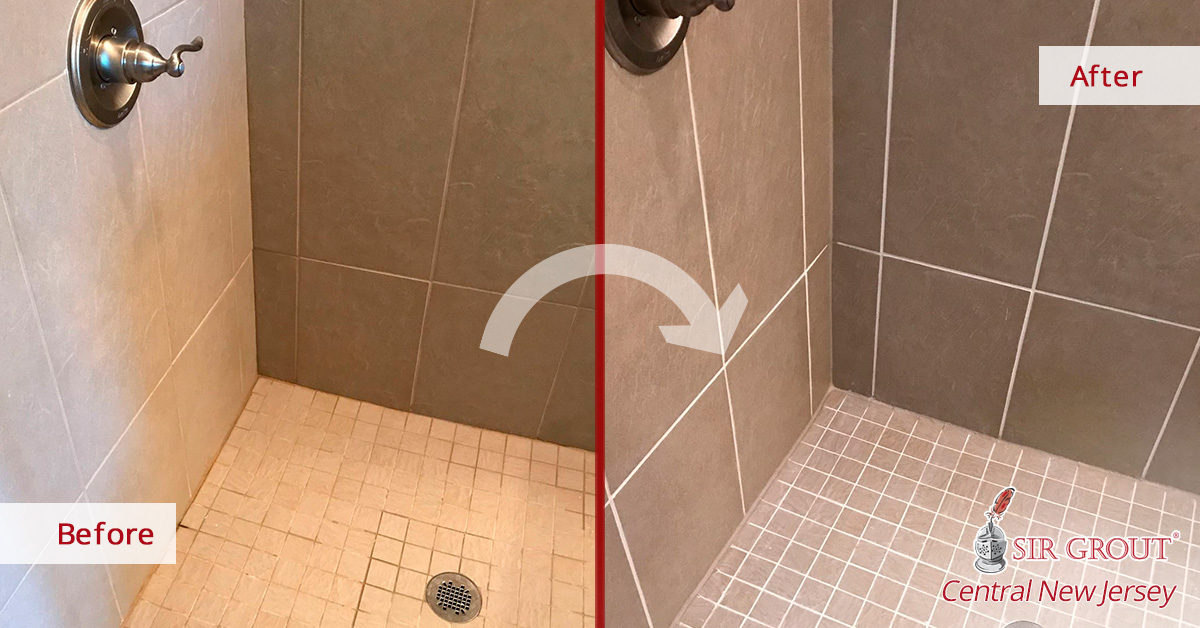
How to Properly Seal Grout
How To Seal Your Grout and Tile Floor and Shower
Is Grout Sealing Necessary After Installing New Tile?
The 3 Main Benefits of Grout Sealing
Grout Sealing, Grout Sealer – Sir Grout
How to Seal the Grout in a Shower
How To Seal Grout Young House Love
Residential Tile and Grout Cleaning and Sealing – Sir Grout
How To Seal Tile Grout – Full Guide How To Use Grout Sealer
Do I Need To Seal Tile Grout In My Shower? – TheDIYPlan
How Often Do You Need To Seal Shower Grout Grout Magnificent
Grout Sealing in New Canaan Ct Restored This Natural Stone Shower
Do You Have Mold and Mildew in Your Shower? See How a Tile u0026 Grout
Related Posts:
- Victorian Bathroom Tile Design
- Fix Bathroom Tile Grout
- Popular Bathroom Tile Shower Designs
- Bathroom Tile Fish Design
- Can Bathroom Tile Be Reglazed
- Grey Marble Effect Bathroom Tiles
- Retro Pink Bathroom Tile
- Large Light Grey Bathroom Tiles
- How To Remove And Replace Bathroom Tile
- Rustic Bathroom Tile Designs
